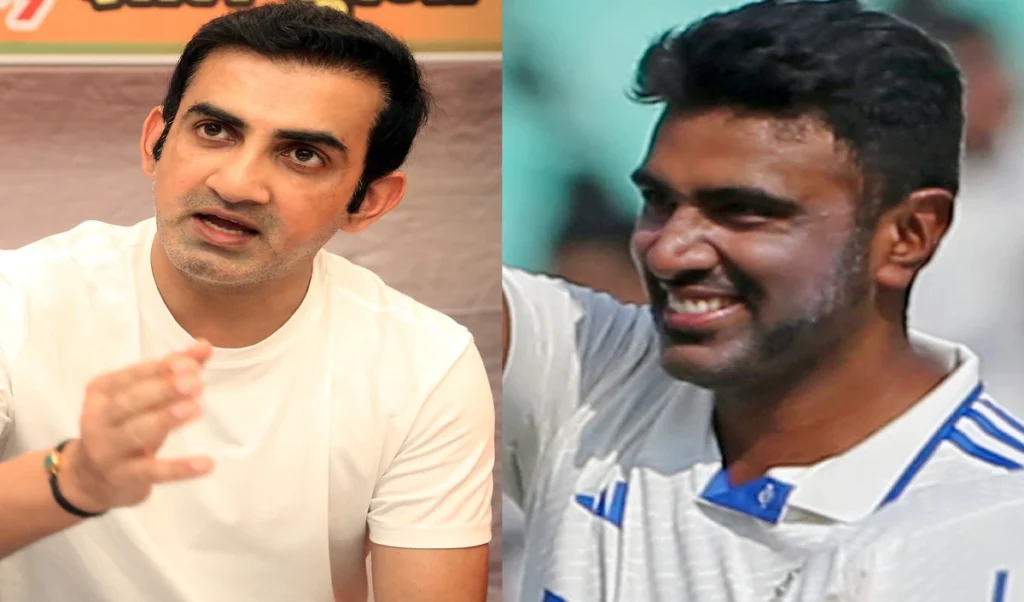Rashtriya Swayamsevak Sangh (RSS) will complete 100 years of its journey in 2025. At present, the RSS appears as a unique and unparalleled cultural organization in the world which has covered such a long journey. This is a very big milestone in itself. It is also a living example in the society that if there is eternal awareness about values, ideas and how to implement them, then even the greatest goals can be achieved.
On 27 September 1925, on the day of Vijayadashami, a born patriot Dr. Keshav Baliram Hedgewar founded the Rashtriya Swayamsevak Sangh with the aim of organizing and empowering the Hindu society. On 10 November 1929, he was elected as the Sarsanghchalak for the purpose of formalizing the Sangh. Thus, he became known as the founder Sarsanghchalak of the Sangh. Before starting the Sangh, he was also famous as a fierce revolutionary leader of the freedom struggle. While being in the Congress, he had to go to jail many times for participating in revolutionary activities. During Gandhiji's Satyagraha movement in 1917, he had to go to jail for participating in revolutionary activities as a 'member of the state committee'. Thereafter, he was arrested in the year 1921 while giving a speech against the British during the non-cooperation movement and was sentenced to 1 year imprisonment.
When Dr. Hedgewar started the Sangh in 1925, he declared, “Our aim is complete independence of the Hindu nation; the Sangh has been formed to fulfil this great goal.”
Although the Sangh had been formally started in 1925, Dr. Hedgewar kept thinking about stability and organizational well-being. Since money is required to run any organization, so where will the money come from for the Sangh? What measures should be taken for economic self-reliance along with economic discipline? He discussed all these points with the volunteers. Some suggested taking donations, some suggested donations, some suggested membership fees and some suggested running the Sangh work from personal savings. Finally, Dr. Hedgewar presented his concept of 'Guru worship and dedication'. Guru Purnima (Vyas Purnima) was chosen for this and it was decided that on this day all the volunteers would surrender before the Guru in the form of Guru Dakshina. Since Dr. Hedgewar had not yet revealed to the volunteers who he was accepting as his Guru, so all the volunteers had different kinds of curiosity in their minds. They had their own imaginations and hypotheses about the Guru. But when the occasion of the first Guru Pujan of the Sangh, Guru Purnima, came in 1928, the volunteers present there were astonished to hear Dr. Hedgewar's speech. That day he first said – “As a Guru, we will worship the most sacred saffron flag and surrender before it.”
That is, Dr. Hedgewar had clearly declared the status of the 'saffron' flag as the Guru of the Sangh. Why did he accept the 'saffron flag' as the Guru for the Sangh? In this regard, on the occasion of Guru Poojan, he had elaborately shed light on the importance of the saffron flag and its historical cultural status. He had said that – “The Rashtriya Swayamsevak Sangh does not consider any person as its Guru, but considers the most sacred saffron flag as its Guru. No matter how great a person is, he can still have imperfections. Apart from this, it cannot be said that a person will always remain steadfast. The element is always unshakable. The saffron flag, the symbol of that element, is also unshakable. As soon as we see this flag, the entire history, culture and tradition of the nation comes before our eyes. The flag which fills our mind with enthusiasm, that very saffron flag is at our Guru-place as the symbol of our element. That is why the Sangh does not want to keep any person at the Guru-place.”
(Dr. Hedgewar Charit, Seventh Edition 2020, Lokhit Publications, Lucknow, page 191, author Na.H.Palkar)
After his speech, Dr. Hedgewar himself first performed Guru Pujan. Thereafter, the volunteers present there worshipped the saffron flag as Guru and gave their dedication. Thus, in the Guru Purnima-Guru Pujan festival held in Nagpur in the year 1928, the volunteers donated 84 rupees and a few annas as Guru Dakshina. Clearly, while starting the organization as Rashtriya Swayamsevak Sangh, Dr. Hedgewar developed a method of being 'principle-oriented' instead of 'subjective' for the Sangh. The basic concepts and systems that he initiated regarding the Sangh are seen in the same form till date. From the second Sarsanghchalak of the Sangh, Madhav Sadashivrao Golwalkar alias 'Shri Guruji' to the current Sarsanghchalak Dr. Mohan Bhagwat, the importance of the 'saffron flag' as Guru has been repeatedly revealed. On 23 August 1946, on the occasion of Guru Purnima organized in Pune, Shri Guruji while addressing the volunteers said – “Therefore, it was considered appropriate in the Sangh work that we consider the sentiment, mark, symptom or symbol as Guru. We have pledged to rebuild the entire nation through Sangh work. We have to collect the qualities and powers of all the people of the society. We needed a Guru who would constantly inspire us for this goal.”
(Sangh Darshan, M.S. Golwalkar (1986), Jagriti Prakashan, Noida, p. 86)
The current Sarsanghchalak of the Sangh, Dr. Mohan Bhagwat, also expresses the same thoughts through his speeches in the context of Guru Dakshina and the greatness of the saffron flag. Addressing the 'Bhavishya Ka Bharat' lecture series program organized at Vigyan Bhavan, New Delhi, he said – “Our Sangh is self-reliant. We ourselves arrange for the expenses that have to be incurred. We do not take even a penny from outside to run the work of the Sangh. If someone brings it and gives it, we return it. The Rashtriya Swayamsevak Sangh runs on the Guru Dakshina of the volunteers. Once a year, we offer Dakshina in its worship, considering the saffron flag as the Guru. Why the saffron flag as the Guru, because it is the symbol of our tradition from then till today. Whenever the topic of our history comes up, this saffron flag is there somewhere or the other.”
('India of the Future', Vigyan Bhavan New Delhi 17-19 September 2018)
When Dr. Hedgewar chose ideals and symbols for running the Sangh, he chose ideas and not individuals. For this, he presented the direction of assimilating the golden past of India. He kept the eternal symbols of Indian culture – the 'saffron flag' and the slogan of 'Bharat Mata ki Jai' at the center and started the Sangh work. In this regard, Sunil Ambekar, the All India Publicity Chief of the Sangh, writes in 'Rashtriya Swayamsevak Sangh: Direction Sutra of Golden India' – “To ensure stability, certainty and to avoid cracks in times of progress and decline, Doctor ji established two prestigious and sacred symbols – the 'saffron flag' and the slogan of 'Bharat Mata ki Jai'. Since time immemorial, the saffron flag has been synonymous with eternal values like sacrifice, penance, bravery and knowledge. From Maharana Pratap to Shivaji, all great warriors have fought wars under its umbrella, sages have sung songs in its praise, ascetics have worshipped it. The slogan of 'Bharat Mata Ki Jai' establishes India as Mother. With these two eternal sources of inspiration, the volunteers established the Rashtriya Swayamsevak Sangh in a very small form and developed it with diligence.
Thus, in the system of Rashtriya Swayamsevak Sangh, the 'saffron flag' in the form of 'Guru' appears as the best and the highest example of devotion to principles. Behind the concept of accepting the saffron flag as the Guru of the Sangh, lies the infinite power of the Sun contained in saffron, the resolve of sacrifice, penance, effort and service in the garb of sanyasis and the proud jingle of the flag of the victorious emperors of India and the great concept of national unity and integrity. That is why the Sangh is moving on the path of nation building by following the concept-method propounded by Dr. Hedgewar. It is the result of the same farsightedness of Dr. Hedgewar that due to its 'loyalty to principles', the Sangh has been able to take a huge form with its various affiliated organizations. Along with this, the Sangh and its volunteers are succeeding in leaving an indelible mark with their respective actions and thoughts in various fields of social life.
– Krishnamurthy Tripathi Atal
(Writer, columnist and journalist)



